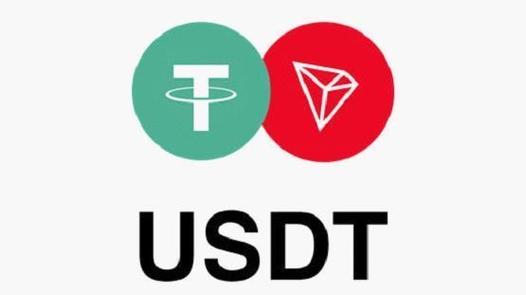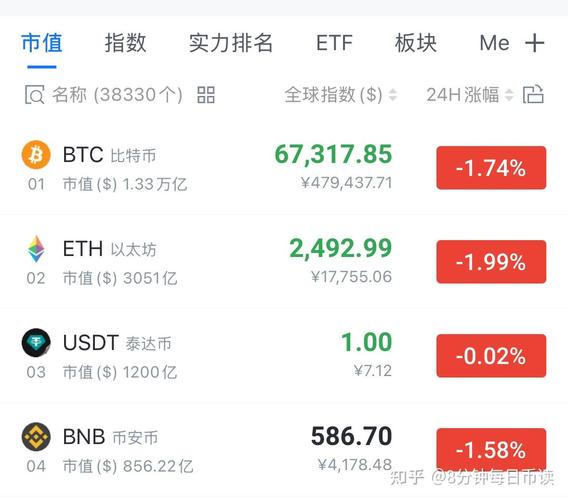
Understanding the Basics
When it comes to digital currencies, Ethereum (ETH), Ether (ETC), and Tether (USDT) are three of the most popular and widely discussed. Each has its unique features and use cases, making it essential to understand the differences between them. Let’s delve into the details.
Ethereum (ETH)
Ethereum is a decentralized platform that enables the creation of smart contracts and decentralized applications (DApps). It was launched in 2015 by Vitalik Buterin, a Russian-Canadian programmer. The native cryptocurrency of Ethereum is ETH, which is used to pay for transaction fees and to participate in the network’s governance.

One of the key features of Ethereum is its smart contract functionality. Smart contracts are self-executing contracts with the terms of the agreement directly written into lines of code. This allows for trustless transactions, as the code is immutable and can be verified by anyone on the network.
Ether (ETC)
Ether (ETC) is a fork of Ethereum that occurred in 2016. The fork was a result of a disagreement within the Ethereum community over how to handle a security breach that occurred in the network. ETC aims to maintain the original vision of Ethereum, focusing on decentralization and community governance.
One of the main differences between ETH and ETC is their consensus mechanisms. Ethereum uses Proof of Work (PoW), while ETC uses Proof of Stake (PoS). PoW is a resource-intensive process that requires miners to solve complex mathematical problems to validate transactions. PoS, on the other hand, is more energy-efficient and allows for faster transaction confirmation times.
Tether (USDT)
Tether (USDT) is a stablecoin that is designed to maintain a stable value by being backed by a reserve of fiat currencies, such as the US dollar. It was created by Tether Limited in 2014. USDT is often used as a medium of exchange in the cryptocurrency market, as it provides a stable value compared to the highly volatile nature of other digital currencies.

One of the key features of USDT is its 1:1 backing, meaning that for every USDT token in circulation, there is a corresponding amount of fiat currency in the reserve. This backing provides a level of trust and stability that is not always present in other digital currencies.
Comparison Table
| Cryptocurrency | Consensus Mechanism | Use Case | Market Cap |
|---|---|---|---|
| Ethereum (ETH) | Proof of Work (PoW) | Smart contracts, DApps | $200 billion |
| Ether (ETC) | Proof of Stake (PoS) | Decentralized applications, community governance | $1.5 billion |
| Tether (USDT) | Not Applicable | Stable value, medium of exchange | $80 billion |
Conclusion
Understanding the differences between Ethereum (ETH), Ether (ETC), and Tether (USDT) is crucial for anyone looking to invest or participate in the cryptocurrency market. Each has its unique features and use cases, and knowing the distinctions can help you make informed decisions. Whether you’re interested in smart contracts, stable value, or community governance, these three digital currencies offer a variety of options to consider.




